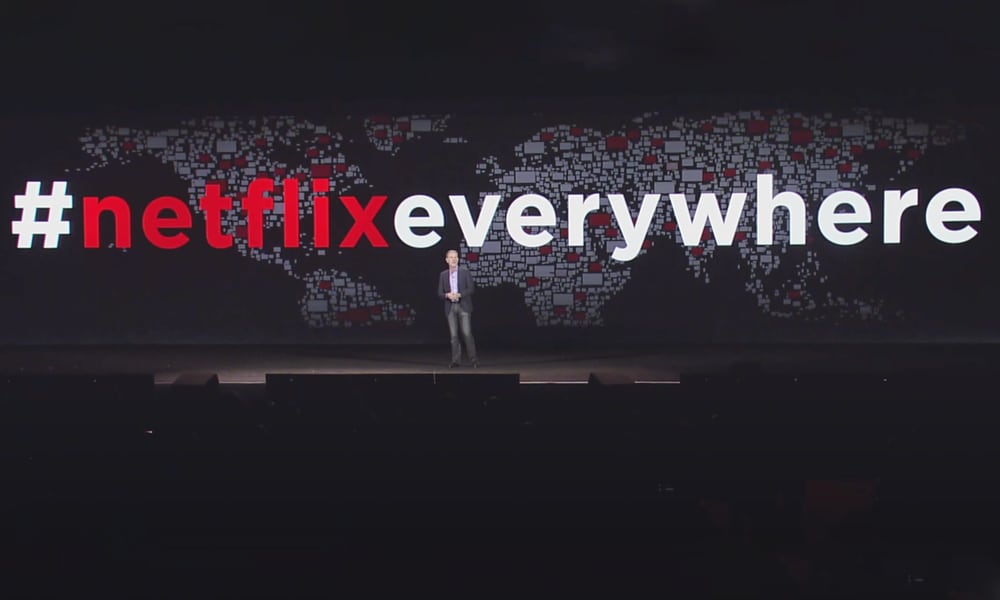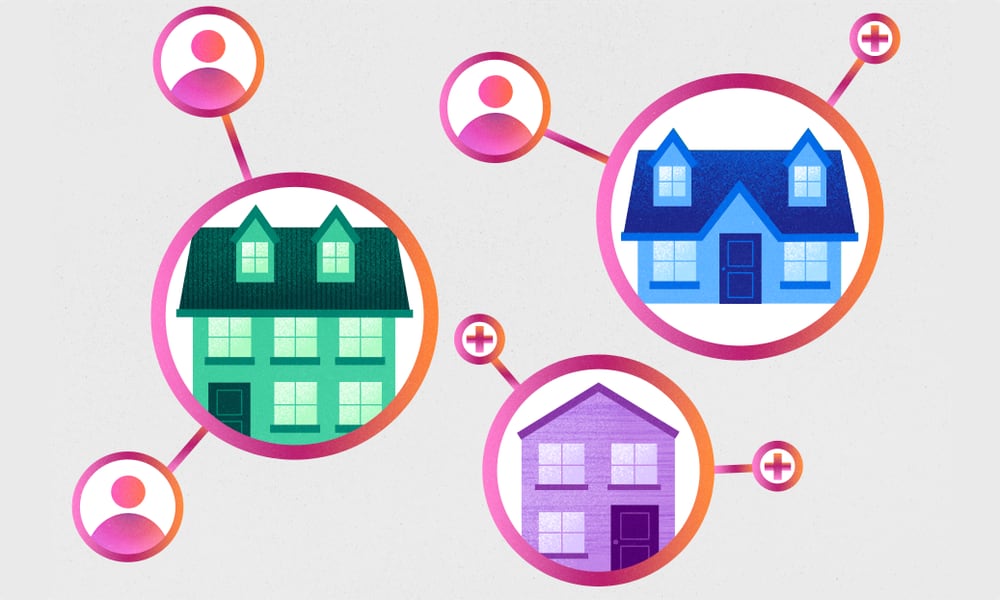Netflix May Soon Allow Password Sharing — For a Price
 Credit: Kaspars Grinvalds / Shutterstock
Credit: Kaspars Grinvalds / Shutterstock
Toggle Dark Mode
Many of us have likely shared access to our Netflix accounts with friends or family at one time or another. It’s something that most streaming services obviously frown upon, since it deprives them of paying customers, but now it appears that Netflix is thinking it may be better to embrace this than keep up its attempts to fight it.
Like many streaming services, Netflix has been fighting a battle against password and account sharing for years. While you’re legitimately allowed to share your account with family members who live in the same household, that doesn’t extend beyond the four walls of your home. Even college students who are still “living” at home but residing in dorms are a grey area, at best.
Years ago, Netflix CEO Reed Hastings famously told attendees at CES 2016 that sharing entertainment is a good thing, but it turns out that the comment from the streaming boss may have been a bit broader than he intended.
We love people sharing Netflix. That’s a positive thing, not a negative thing.Netflix CEO Reed Hastings
The very next day, Netflix’s Chief Product Manager, Neil Hunt, told Digital Spy that the company really wasn’t as cool with password sharing as Hastings had led the audience to believe. “We expect that Netflix is a household level purchase,” Hunt said, “and that sharing with members of the household is a reasonable thing to do.”
At the same time, however, Hunt acknowledged that it’s “probably OK” for kids to use the family login when they go off to college, with the expectation that they’ll want an account of their own anyway once they “form their own household.” Hunt also added that, back then at least, Netflix wasn’t “obsessed with enforcing compliance with a one-household-per-account constraint.”
Cracking Down on Password Sharing
That’s changed in recent years, however, as the streaming giant has produced more original content and now has to ensure it’s getting paid for all the effort it’s putting in. Naturally, it wants to be able to boast a higher numbers of subscribers too, and those numbers can be highly skewed when many viewers are sharing a smaller number accounts.
Unfortunately, enforcing this can be tricky. The most basic method of detecting shared accounts — monitoring locations and IP addresses — is too broad, and would risk cutting off many legitimate users as well as the blatant password sharers.
After all, how do you handle folks who want to watch Netflix on vacation? Or from their iPhone or iPad over 5G? Or kids who are away at college? All of these are legitimate and semi-legitimate use cases where people would be showing up at different locations. Policing the actual rule-breakers without cutting off normal users is hard.
In the past, Netflix has taken the same approach as most streaming services — limiting the number of active streams. Share your password too far and wide, and you may just find yourself unable to watch your favourite show because too many of your friends are already using your account. A basic $9.99 account only gives you a single simultaneous stream, and even at the $19.99 premium tier, that only goes up to four.
The message here is clear: Share your password and risk your friends pre-empting your own binge-watching plans.
However, that doesn’t change the fact that Netflix would still rather see people in other households sign up for their own accounts, and it’s been exploring ways to do this over the past few years.
Advances in machine learning have made it a lot easier to detect inappropriate use of an account. Third-party software developers are coming out with turnkey solutions that promise to figure out when people are sharing a Netflix account inappropriately by searching for unusual patterns of use, rather than just looking at where a single account is being used.
While there’s no evidence that Netflix has ever fully cracked down on this across the board, there have been limited trails where Netflix has sent warnings when suspicious usage patterns were detected. In some cases, Netflix has even blocked streaming until the actual owner verifies the account.
Pay-to-Share Plans
Now, however, it looks like Netflix has decided to try a different tack. Instead of tightening its grip on account sharing, it’s toying with the idea of allowing it — if folks want to pay a bit extra for the privilege.
Netflix announced a new trial yesterday in three countries — Chile, Costa Rica, and Peru — where users will be able to “Add an Extra Member” to their Netflix account for far less than the cost of a whole new account.
We’ve always made it easy for people who live together to share their Netflix account, with features like separate profiles and multiple streams in our Standard and Premium plans. While these have been hugely popular, they have also created some confusion about when and how Netflix can be shared. As a result, accounts are being shared between households – impacting our ability to invest in great new TV and films for our members.Chengyi Long, Netflix Director of Product Innovation
As things stand now, the “Add an Extra Member” feature will only be available to folks on the Standard and Premium plans, which is understandable considering that Netflix’s announcement doesn’t say anything about adding additional screens. It would appear that you’re only paying for the Extra Member sub-account, not any more simultaneous streams or downloads.
Since the amounts are in local currency, and it’s only a trial right now, it’s hard to say what Netflix may ultimately charge for this feature if it rolls out in the United States. While the cost for an Extra Member account in Costa Rica is $2.99 USD, Netflix also only charges $12.99 USD and $15.99 USD for Standard and Premium accounts in that country, as compared to $15.49 and $19.99 in the U.S.
What’s noteworthy about this is that Extra Member accounts aren’t just additional profiles on your main account. Instead, each Extra Member account gets its own Netflix login and password.
The catch, however, is that you can only create up to two Extra Member accounts. While these will get their own profile and personalized recommendations, it also doesn’t look like they’ll support multiple profiles the way a normal Netflix account does.
To help encourage subscribers to come clean and offload shared users onto either Extra Member accounts or their own independent Netflix plans, the streaming service is also introducing the ability to transfer a profile to an entirely new account. This will be available to members on all plans, including the entry-level Basic plan, and allows viewing history, My List, and personalized recommendations to seamlessly move to an entirely new account.
Transferring Profiles promises to be a useful feature beyond just splitting up shared users. Kids who go off to college may eventually want the control of their own account anyway, and now they can do so without the need to start over from scratch.
We’ll be working to understand the utility of these two features for members in these three countries before making changes anywhere else in the world.Chengyi Long, Netflix Director of Product Innovation
For now, the trial is only running in Chile, Costa Rica, and Peru, although Netflix implies that this may just be the first step to a wider rollout once it sees how things work out in those countries.










